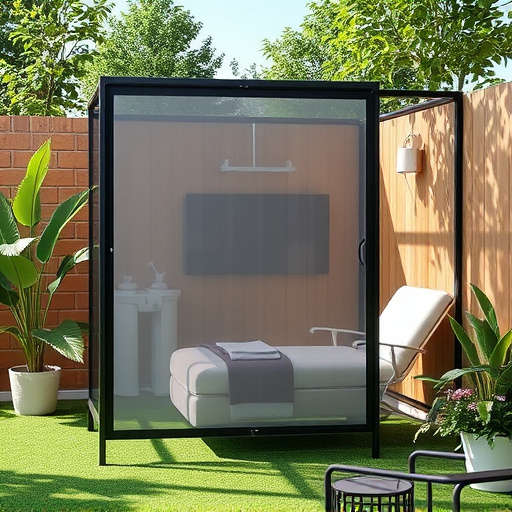Engine size dictates vehicle performance, and matching an air intake filter to the engine's displacement is crucial for optimal power, torque, acceleration, and fuel efficiency. An inappropriate filter size can hinder airflow or cause backpressure, damaging the engine. Comparing air intake filter sizes should consider vehicle make, model, year, and engine type, with aftermarket high-performance filters offering improved airflow and horsepower but requiring precise matching to avoid damage.
In the realm of automotive performance, engine size plays a pivotal role. Understanding its impact on overall vehicle dynamics is key to unlocking optimal power and efficiency. This comprehensive guide delves into the intricate relationship between engine size and air intake filters, specifically focusing on a detailed air intake filter sizes comparison. By matching the right engine size with corresponding air intake filter dimensions, drivers can enhance engine performance while ensuring smooth, efficient operation.
- Understanding Engine Size and Its Impact on Performance
- Air Intake Filter Sizes: A Comprehensive Comparison
- Matching Engine Size with the Right Air Intake Filter
Understanding Engine Size and Its Impact on Performance

Engine size plays a pivotal role in determining the performance and capabilities of a vehicle. When we talk about engine size, it refers to the displacement or volume of the engine’s cylinder, typically measured in cubic centimeters (cc) or liters (L). The larger the engine size, generally, the more power and torque it can produce. This is because a bigger engine has a greater capacity to burn fuel and generate force, resulting in improved acceleration and higher top speeds.
In the context of air intake filter sizes comparison, understanding engine size is crucial. Air intake filters, responsible for allowing clean air into the engine, need to be matched with the specific requirements of the engine. A filter that’s too small for a large-displacement engine might restrict airflow, hindering performance. Conversely, an oversized filter could create unnecessary backpressure, also affecting efficiency. Therefore, aligning air intake filter sizes with engine specifications is key to ensuring optimal performance and fuel efficiency.
Air Intake Filter Sizes: A Comprehensive Comparison

Choosing the right air intake filter size is crucial for engine performance and efficiency. When comparing air intake filter sizes, several factors come into play. The primary consideration is the engine’s make, model, and year—different vehicles require specific filter dimensions to ensure a perfect fit. For instance, a V8 engine will need a larger air intake filter than a smaller 4-cylinder engine.
In terms of performance, high-flow air filters designed for improved airflow and efficiency are available in various sizes. A comprehensive air intake filter sizes comparison reveals options ranging from standard factory replacements to aftermarket high-performance filters. These aftermarket filters often boast larger surface areas and more efficient media, allowing for better airflow and potentially increasing horsepower. However, it’s essential to ensure the chosen filter size aligns with your vehicle’s specifications to avoid any potential damage.
Matching Engine Size with the Right Air Intake Filter

When matching an engine size with the right air intake filter, it’s crucial to consider the specific requirements of your vehicle’s performance and efficiency. The air intake filter plays a vital role in ensuring optimal airflow to the engine, which directly impacts its power output and fuel consumption. Different engine sizes have varying airflow needs, so a direct correlation exists between the engine’s displacement and the suitable air intake filter size.
An air intake filter sizes comparison reveals that as engine sizes increase, the corresponding air filters should also scale accordingly. This is because larger engines require more air to maintain their power band, which means a bigger air intake filter can accommodate this demand without restricting airflow. Conversely, smaller engines benefit from smaller filters that offer less restriction while still providing adequate oxygen flow for efficient combustion.
When it comes to enhancing vehicle performance, matching the right air intake filter to your engine size is a crucial step. This guide has outlined the significance of engine size in performance and provided a detailed comparison of various air intake filter sizes. By understanding these components’ relationship, car enthusiasts can ensure optimal airflow, leading to improved engine efficiency and power output. With this knowledge, selecting the appropriate air intake filter for your specific engine size becomes a breeze, allowing you to make informed decisions for your vehicle’s upgrades.














